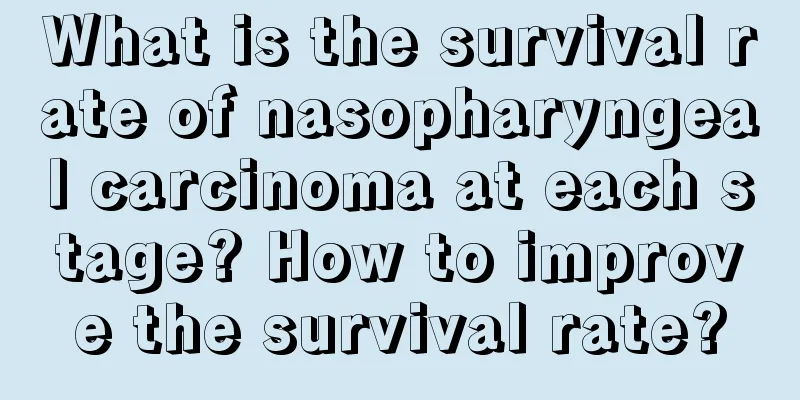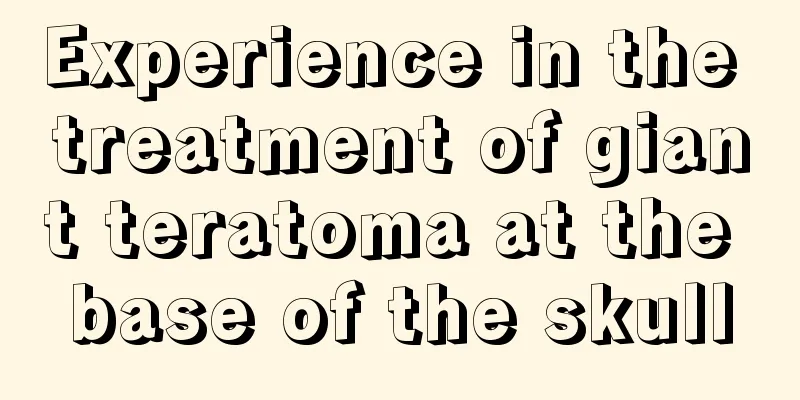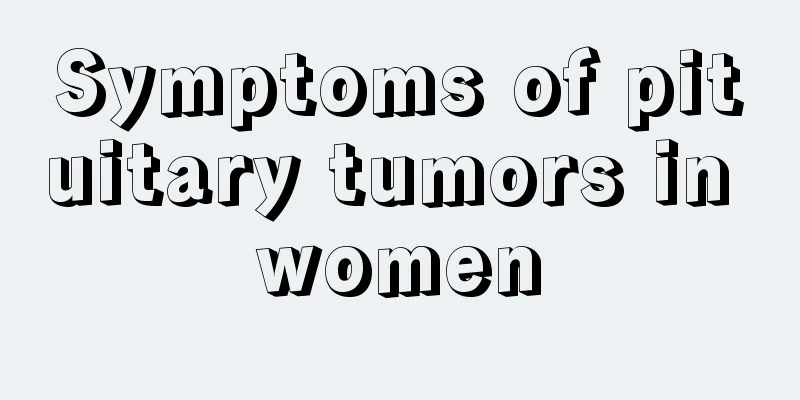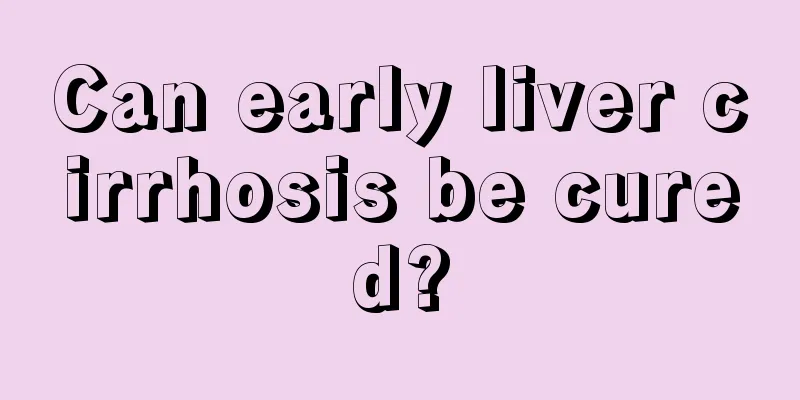What is the best way to treat chronic otitis media?
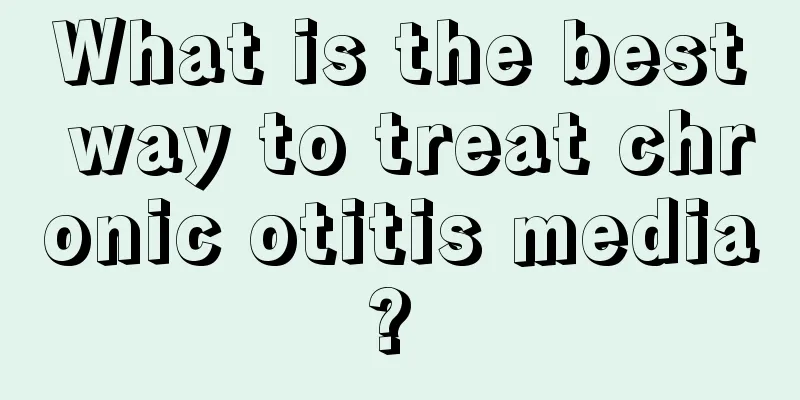
|
Otitis media is a common ear disease, a type of chronic otitis media with a longer period. If otitis media is not treated in time, it can easily lead to suppuration of the wound, so correct and timely treatment is needed. 1. Local treatment According to the pus culture of chronic mucous otitis media in China, the bacteria are mostly Staphylococcus aureus and Haemophilus influenzae, and the number of Gram-positive bacteria with strong resistance to penicillin is increasing. It is difficult for general broad-spectrum antibiotics to be effective orally or intravenously. In particular, the blood vessels under the mucosa of the mastoid of the middle ear have become scarred and fibrotic, and the drugs in the local blood cannot reach an effective concentration. On the contrary, the bacteria develop drug resistance. Therefore, local medication is more beneficial. Pus can be cultured for drug sensitivity and effective drugs can be selected. Commonly used preparations and usage are basically the same as those for acute myxoid otitis media. But it is only applicable to type I or II chronic otitis media. Before using the medicine, be sure to clear the pus crust in the external auditory canal, lie on the side with the affected ear facing upwards, use the exhaust replacement method after dripping the medicine, push the tragus, it is best to use an aspirator to draw it out clean, and then push the medicine to force it into the tympanic mastoid cavity. Some long-term type I otitis media with pus discharge can be cured within 1 to 2 months after regular and reasonable treatment. Otherwise, improper use of medication and failure to adhere to regular daily medication drops will make it difficult to achieve the goal of cure. (ii) Surgical treatment 1. Chronic simple and ulcerative otitis media (1) Remove the surrounding infected lesions. Hypertrophic nasal conchae, nasal polyps, deviated nasal septum, etc. that affect nasal ventilation should be surgically removed and corrected. Chronic sinusitis should be cured. Chronic tonsillitis and adenoma hypertrophy should be removed. Especially in children, adenoma hypertrophy and inflammation are the reasons for the long-term recovery of otitis media. After removal, otitis media often recovers faster. (2) Tympanoplasty is to remove lesions and restore hearing. Some of these five types involve tympanic sinus and mastoid surgery, and the content is unclear. The Hearing Preservation Committee of the American Academy of Otolaryngology and Otolaryngology proposed that tympanoplasty should be defined as a surgery to remove tympanic cavity disease and reconstruct the hearing mechanism, including only tympanic membrane and ossicular repair, and should not include mastoid surgery. If the mastoid is involved, tympanoplasty plus mastoid surgery should be indicated. 2. Surgery for severe ulcerative otitis media and cholesteatoma. For patients with osteomyelitis, granuloma, cholesteatoma and other lesions, the lesions should be removed mainly to achieve dry ears, and hearing should be improved if possible. For patients with cholesteatoma, the lesion must be completely removed to prevent intracranial and extracranial complications. |
<<: Treatment of chronic suppurative otitis media mastoiditis
>>: What's the matter with the large pieces of dandruff on the scalp?
Recommend
How to diagnose breast cancer bone metastasis
Bone metastasis is common in breast cancer patien...
What are the symptoms before death from gallbladder cancer
The late symptoms of gallbladder cancer cannot be...
Do I need to wear astigmatism glasses all the time?
Many people see double when they see things, and ...
Can applying honey on the face remove acne?
We all know that honey has many functions and is ...
Analysis of the etiology of ovarian cancer by TCM
Ovarian cancer is a relatively common gynecologic...
Itchy palate due to cold
Normally, there won't be any oral problems wh...
What does tsh positive mean
I believe many of my friends are not clear about ...
Brief introduction to the symptoms of testicular cancer at different stages
In today's society, everyone is afraid of can...
How to scrape correctly
In fact, scraping is very common in many massage ...
What are the dietary precautions for organic heart disease
Generally speaking, all diseases that occur in th...
Acne on a mole
Normally, a mole is relatively smooth, like the s...
Is lung cancer contagious? Can lung cancer be contagious to others?
Now many people are paying attention to lung canc...
What are the symptoms of pubic cancer
The symptoms of pubic cancer are mainly local pai...
The three common causes of cervical cancer
Many female compatriots are troubled by cervical ...
Analysis of the treatment methods of skin cancer: surgical treatment
There are many methods for treating skin cancer c...


